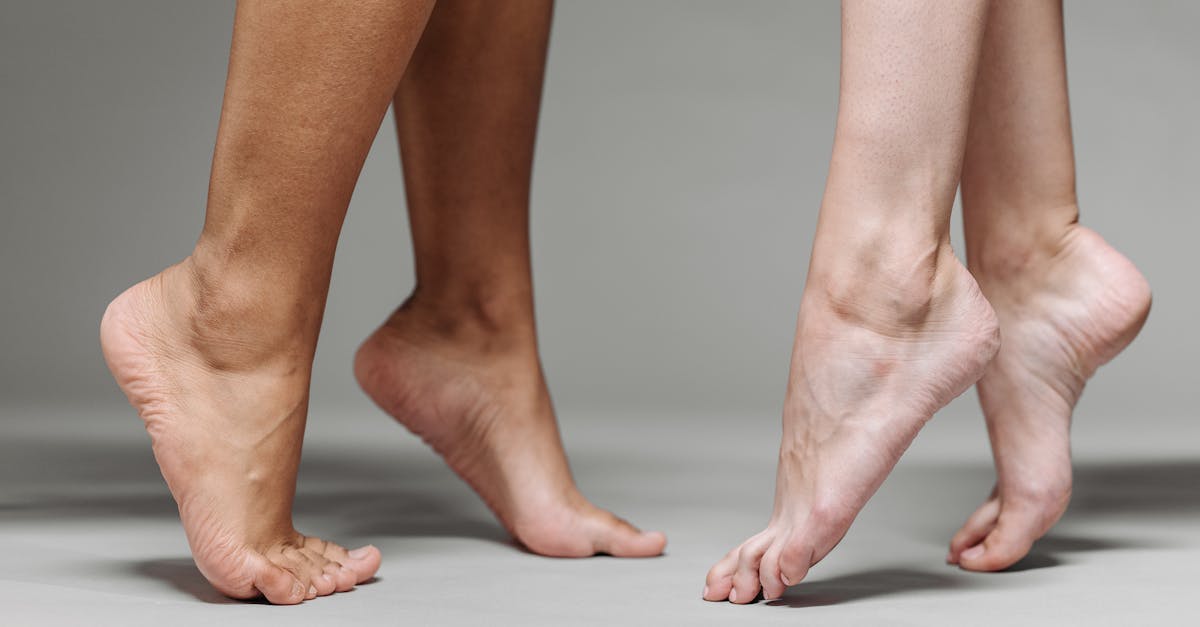One of Wall Street's biggest winners of the day is Foot Locker, an apparel retail company whose shares have climbed 21.0% to a price of $38.68 -- 27.57% above its average analyst target price of $30.32. The move is largely attributable to the recent hiring of superstar CEO Mary Dillon. But the average analyst rating for the stock is still hold.
Foot Locker is a consumer cyclical company that markets discretionary goods and services, which are non essential items that consumers purchase with their discretionary income. For this reason, consumer cyclical companies have better sales -- and oftentimes stock -- performance during periods of economic growth, when consumers have more of an incentive to spend their money in non-essential industries such as travel, entertainment, automobiles, clothing, and luxury items Conversely, performance can drop off significantly during periods of recession or economic contraction. This is why these companies are called "cyclical."
As of the second quarter of 2022, the average Price to Earnings (P/E) ratio for US consumer cyclical companies is 24.27, and the S&P 500 has an average of 15.97. The P/E ratio consists in the stock's share price divided by its earnings per share (Eps), representing how much investors are willing to spend for each dollar of the company's earnings. Earnings are the company's revenues minus the cost of goods sold, overhead, and taxes.
Foot locker's trailing 12 month P/E ratio is 4.8, based on its trailing Eps of $8.05. The company has a forward P/E ratio of 9.2 according to its forward Eps of $4.2 -- which is an estimate of what its earnings will look like in the next quarter.
Studying a company's earnings can give investors much more than just insight into its stock's valuation. By looking at earnings growth over time and comparing it to revenue growth, we can see the evolution of the company's profit margins, which we can then use to make inferences about the company's competitive advantage in its market.
Foot locker's year on year (YOY) quarterly earnings are decreasing at a rate of -29.0% and its YOY quarterly revenue is growing at a rate of 1.0%. Since earnings are growing at a slower rate than revenue, the company's profit margins are shrinking as a result of increases in the their tax liabilities, decreasing product prices, an increase in overhead, or a rise of the cost of goods sold.
Besides the company's revenues and costs related to sales, there are many other incoming and outgoing cash flows such as interest payments on debt, rent costs, income from investments, payments received for the use of its intellectual property, etc. We can see the effect of these additional factors in Foot Locker's levered free cash flow of $-51,500,000.
The balance of cash flows represents the capital that is available for re-investment in the business, or for payouts to equity investors as dividends. A negative cash flow is common, even among successful companies. But if FL's free cash flow continues on its negative trend, it may not be able to sustain its dividend payments, which over the last 12 months has yielded 3.8% to investors. Cutting the dividend can compound a company's problems by causing investors to sell their shares, which further pushes down its stock price.
An alternative form of measuring a company's valuation is to focus on its Price to Book (P/B) Ratio, or the company's market price per share divided by its book value per share. The book value refers to the present value of the company if it were liquidated today (although strictly speaking accountants calculate this on the basis of past asset values and current liabilities). Foot locker's P/B ratio of 1.1 indicates that the market value of the company exceeds its book value but is still far below the average P/B ratio of the Consumer Cyclical sector, which stood at 3.23 as of the second quarter of 2022.
In conclusion, we believe that as of the second quarter of 2022, Foot locker is likely a fairly valued stock since it has a very low P/E ratio, a lower than average P/B ratio, and decent profit margins. On the other hand it has an analyst consensus of little upside potential and negative cash flows. We hope this preliminary analysis will encourage you to subscribe to our free newsletter!


